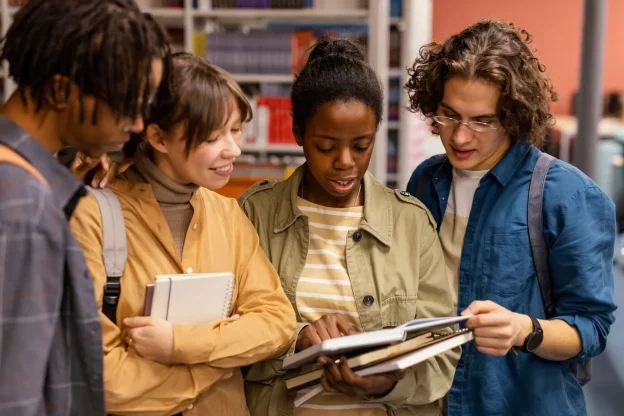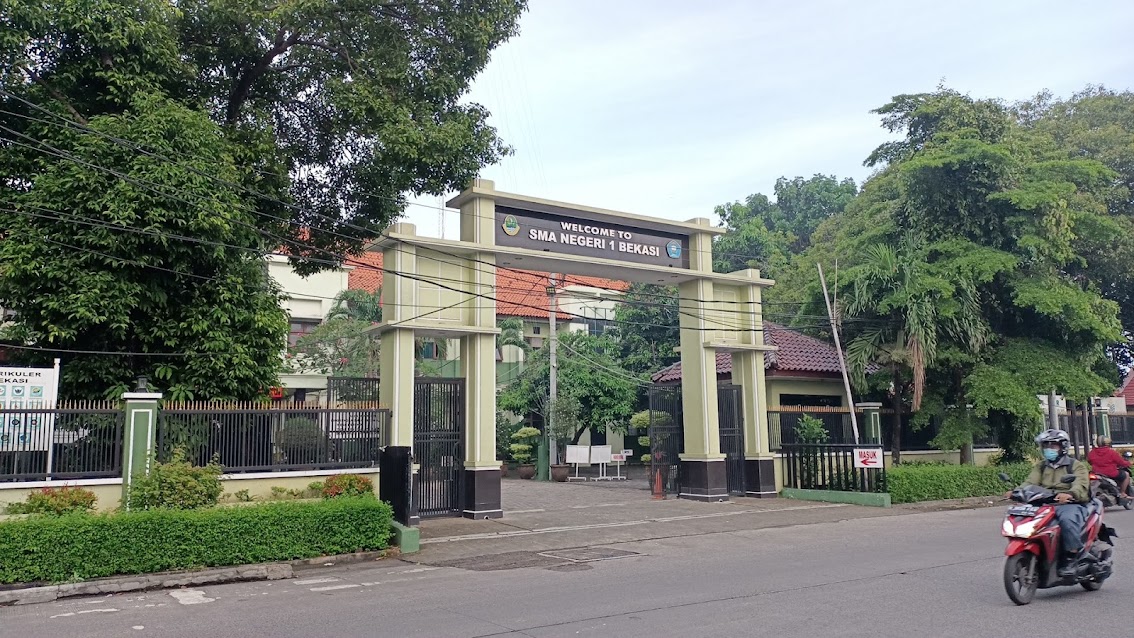Creating inclusive learning environments is a powerful way to ensure every student has the opportunity to succeed. Inclusive education goes beyond just providing access to learning; it actively fosters a sense of belonging, respects diversity, spaceman88 and supports all students, regardless of their background or ability. By embracing inclusive practices, educators can help unlock the full potential of their students and create a space where every learner feels valued and empowered to succeed.
What Is an Inclusive Learning Environment?
An inclusive learning environment is one where all students, regardless of their differences, have equal access to learning opportunities. It’s a space where students from diverse cultural, linguistic, and socio-economic backgrounds feel supported, respected, and included. These environments are designed to meet the unique needs of each student, providing the necessary resources, accommodations, and strategies to help them thrive.
Inclusivity in education is not limited to physical accommodations. It also involves addressing students’ emotional, social, and cognitive needs. This comprehensive approach ensures that each student can engage in learning in a way that suits their individual needs, strengths, and interests.
Why Are Inclusive Learning Environments Important?
Inclusive learning environments are crucial for fostering educational success for all students. When students feel accepted and valued, they are more likely to engage in learning, develop positive attitudes toward education, and perform better academically. Inclusivity also promotes empathy, tolerance, and respect for diversity, which are essential life skills in today’s globalized world.
By creating inclusive classrooms, educators also help bridge achievement gaps that might otherwise exist. Students who may face barriers to learning—whether due to a disability, language barrier, or socio-economic disadvantage—can be supported through personalized learning strategies that ensure they have the tools and resources to succeed.
Key Strategies for Creating Inclusive Learning Environments
1. Promote Diverse Representation in Learning Materials
A key element of an inclusive learning environment is ensuring that the learning materials reflect the diversity of the students. Textbooks, teaching resources, and curriculum content should include diverse perspectives, voices, and experiences. This not only helps students feel seen and heard but also broadens their understanding of the world, promoting cultural awareness and respect for differences.
For instance, teachers can incorporate literature from various cultures, history lessons that cover a wide range of experiences, and media that showcase diverse role models. By using diverse materials, educators can enrich the learning experience and support students’ social-emotional growth.
2. Differentiated Instruction
Every student learns differently, and inclusive learning environments thrive when educators use differentiated instruction to meet students’ diverse needs. This approach involves adapting teaching methods, resources, and assessments to accommodate students’ varying learning styles, strengths, and abilities. For example, some students may benefit from visual aids, while others might learn better through hands-on activities or verbal explanations.
Differentiated instruction ensures that all students can access the curriculum at their own pace and level, reducing barriers to learning and providing every student with the opportunity to succeed.
3. Encourage Collaborative Learning
Collaboration is an essential aspect of an inclusive classroom. By promoting group work and peer learning, educators help students learn to value different perspectives and work together to solve problems. In an inclusive classroom, collaborative learning encourages students to support one another, fostering a sense of community and mutual respect.
Group activities can be designed to ensure that all students participate, with tasks that allow them to contribute based on their strengths. This collaborative approach not only enhances academic learning but also develops important social skills such as communication, cooperation, and conflict resolution.
4. Provide Accommodations and Support
Inclusive learning environments must be equipped to meet the needs of all students, including those with disabilities or special learning needs. This could involve providing physical accommodations, such as accessible classrooms or assistive technology, as well as academic support like extra time on assignments or tests, or alternative formats for learning materials.
Support staff, such as special education teachers or teaching assistants, play a critical role in creating an inclusive environment by working closely with students to provide the necessary guidance and support. Educators should also be trained in recognizing students’ individual needs and providing the appropriate interventions to ensure that every student has the opportunity to succeed.
5. Foster a Positive, Respectful Classroom Culture
A positive classroom culture is essential to inclusivity. Students should feel safe, respected, and valued in their learning environment. Educators can foster such a culture by promoting kindness, empathy, and respect among students. This can be achieved through activities that build trust, open dialogue, and create a supportive atmosphere where students are encouraged to express themselves without fear of judgment.
Furthermore, addressing issues such as bullying or discrimination promptly and effectively ensures that every student feels safe in the classroom. A respectful and supportive environment empowers students to take risks in their learning, ask questions, and contribute to discussions without the fear of being marginalized.
6. Encourage Student Voice and Agency
An important aspect of an inclusive environment is giving students a voice in their learning. Encouraging student agency allows learners to take ownership of their education, fostering a sense of responsibility and motivation. By involving students in decisions about their learning—whether through setting personal goals, selecting projects, or offering feedback on the curriculum—educators empower them to be active participants in their educational journey.
Student voice can also help educators better understand students’ needs and interests, allowing them to tailor their teaching practices accordingly. This participatory approach ensures that students feel heard and valued, leading to a deeper sense of engagement and belonging.
Creating inclusive learning environments is not just about ensuring that all students have access to education—it’s about providing each student with the resources, support, and opportunities to succeed. By embracing diversity, adapting teaching practices, and fostering a supportive and respectful classroom culture, educators can unlock the full potential of every student. Inclusive classrooms are not only beneficial for the individual growth of students but also contribute to a more empathetic, collaborative, and respectful society.

